
Articles
We aim to give food for thought as well as inspiring your creativity and
providing practical ideas you can’t wait to implement in your own settings!
Real-World Contexts in Primary Science
Science is all around us, from the food we eat to the weather we experience. However, for many children, science can feel abstract and disconnected from their everyday lives.
When children see how science relates to their daily lives, they are more likely to be engaged and motivated to learn. Real-world contexts provide a way to connect scientific concepts with children's personal experiences, making lessons more relatable and exciting.
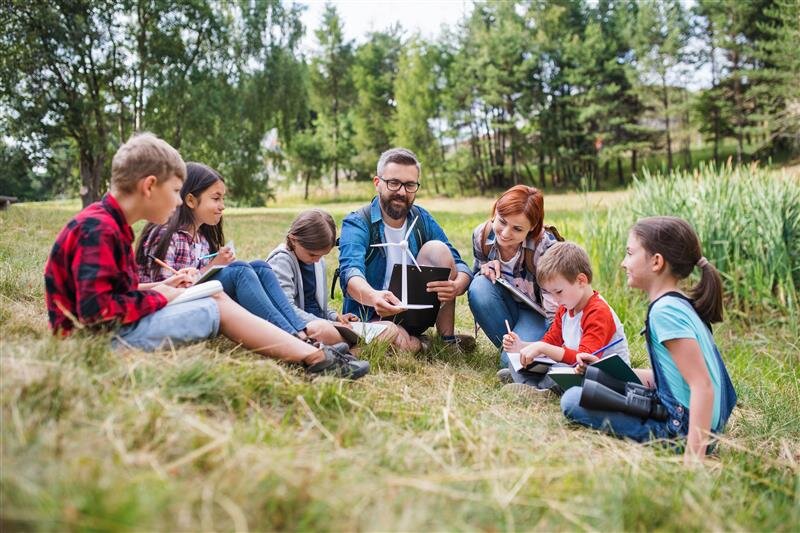
In its Guidance Report, Improving Primary Science (November 2023), the Education Endowment Foundation (EEF) highlights the importance of relating new learning to relevant, real-world contexts.
It stresses that, “Connecting science teaching to meaningful and tangible scenarios or examples that reflect the nature of the real world can enhance science attainment and attitudes towards science.”
In this article, we explore practical strategies that can help you incorporate real-world examples into your science lessons, making learning more meaningful and engaging for children.
Practical Ideas for Using Real-World Contexts in Science Teaching
1. Using the school grounds and local environment
Exploring the school grounds and local environment can provide meaningful, real-world contexts that help children connect scientific concepts to everyday life. By exploring familiar surroundings, children gain hands-on experience that deepens their understanding of how science relates to the world around them.
Here are just a few examples, linked to different topics, of how the local environment can support science learning:
Biodiversity: Taking children to a nearby park, or simply staying on the school grounds, can contextualise learning about plants and habitats. Right through from Early Years to Year 6, children can develop an understanding of biodiversity by observing different habitats first-hand and identifying the organisms within them.
Materials: Taking a walk around the school grounds to identify practical examples of where different materials are used will help develop children’s understanding of the properties and uses of everyday materials.
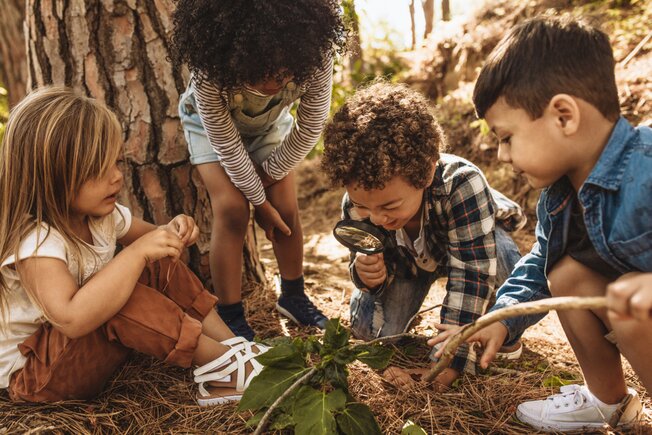
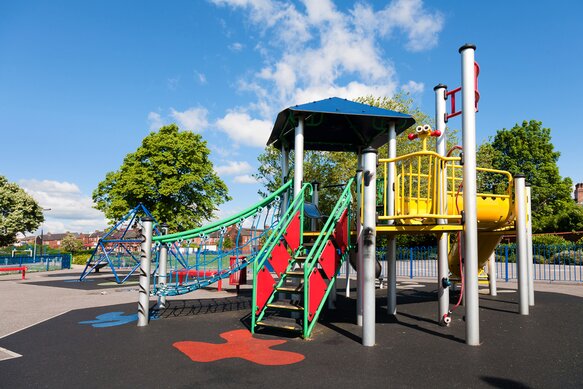
Rocks: Similarly, observing first-hand where different rocks are used in the local area, such as in buildings, pathways and gravestones, provides real-world examples of their properties, uses and natural changes over time.
Forces: Understanding the concept of forces and motion becomes easier when pupils observe how different playground equipment, like swings and slides, function. For example, children can learn about friction by comparing how different playground surfaces impact movement.
2. Connecting Science Topics to STEM Careers
Introducing children to careers that apply scientific knowledge and skills can help them see the future relevance of what they are learning.
One way to do this is to invite professionals, such as engineers, doctors, meteorologists or ecologists into the classroom to share how science plays a role in their work.
Another approach is to link different careers directly to specific science topics. Here are a few examples to get you started:
Environmental Scientists and Ecologists (Plants and Living things and their habitats): When learning about plants and habitats, introduce pupils to the work of environmental scientists and ecologists. Discuss how they monitor wildlife, assess habitat health, and work to protect biodiversity. A simple activity could include setting up a “mini nature reserve” on the school grounds where pupils observe and record local wildlife, learning to think like scientists in the field.
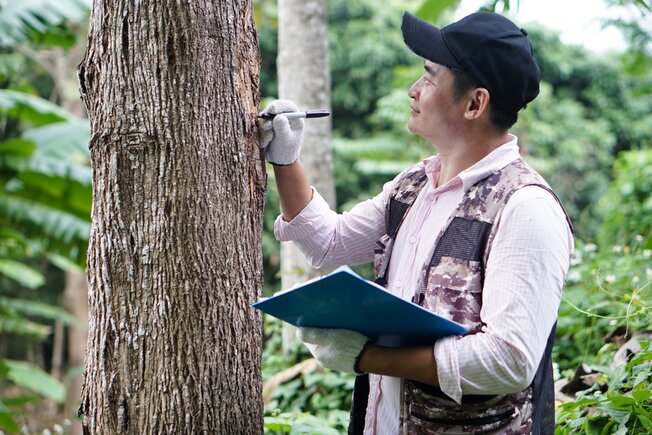
Food Scientists and Nutritionists (Animals, including humans): When learning about the human body and nutrition, introduce careers in food science and nutrition. Explain how nutritionists study the effects of different foods on our health and how food scientists work to create healthier and sustainable food options. Pupils could design a balanced meal, thinking like a nutritionist, and discuss why each food group is important.
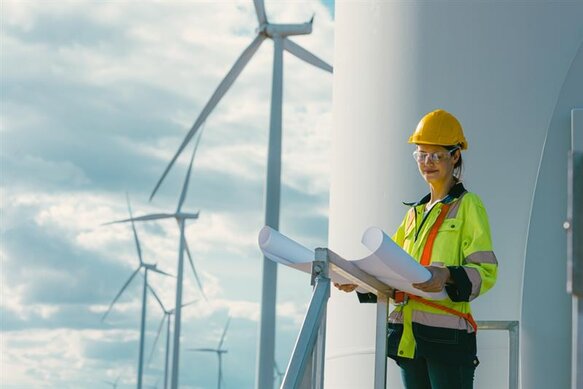
Engineers and Architects (Forces and Materials): Teaching about forces and materials is a perfect opportunity to explore engineering careers. Discuss how engineers and architects consider forces like gravity and friction, and choose materials carefully when designing buildings, bridges and vehicles. Pupils could try building their own simple structures (like a model bridge or tower) to test the strength of different materials and understand the problem-solving aspects of these careers.
What Next?
To ensure that real-world contexts are not just add-ons but integral to your science teaching, it’s important to align them with the curriculum.
• Curriculum Mapping: Map out where and how real-world contexts can be naturally incorporated into your science curriculum.
• Long-Term Planning: Consider how these real-world contexts fit into your long-term plan. Ensure that they build on previous learning and prepare pupils for future topics.
Real-world contexts are a powerful tool in primary science, boosting engagement, deepening understanding and making learning more relevant. By integrating these approaches, you help children connect what they learn in the classroom with the world around them.
Real-world contexts are a powerful tool in primary science, boosting engagement, deepening understanding and making learning more relevant. By integrating these approaches, you help children connect what they learn in the classroom with the world around them.

For more resources and ideas, explore our pH Primary Science scheme, designed with real-world connections in mind.
Our units include links to practical, real-life contexts to enrich your science teaching.